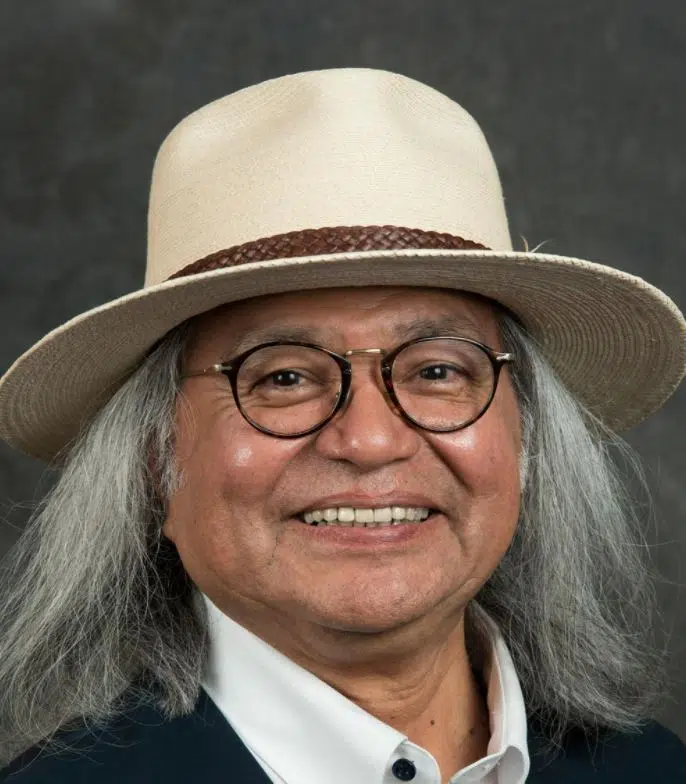
A former chief of Tk’emlúps te Secwepemc says the remains of the 215 children found at the site of the Kamloops Indian Residential School would likely never have been discovered if the school was torn down in the past.
Manny Jules tells NL News back in the 1980s and 1990s, there were efforts to ensure the entire complex was preserved to be used to educate people about the history of the residential school system.
“That is true to what Chief Louis envisioned in the 1880s and the 1890s is that we need education not to be used as a weapon against us, but as a tool for us to help build better lives for ourselves,” he said.
“No amount of apologies is going to solve all of these issues. What we have to do is make sure is that First Nations assume our rightful place in this federation known as Canada.”
Back in the early 2000s, Jules says there was an archaeological survey done at the site, but notes the technology was not as good as it is these days.
“So we just had to look at the surface. Later on, there was an individual that came up saying that she knew where the graves were so we did some test pits,” he added. “The irony of course is that we were so close because most of the graves that were found – the shallow graves – were in what we call The Orchard, and what we did is that is that area was preserved as a heritage park.”
“If the members in the 90s had chosen to redevelop it, we wouldn’t have had the find that we have got today. So a lot of the work started obviously after I’d left but it was building on the work that many many chiefs and councils started.”
Jules served as Chief of Tk’emlups te Secwepemc from 1984 until 2000. He led the amendment to the Indian Act in 1988 so that First Nations people could exercise the jurisdiction to levy property taxes on-reserve. Jules was also the driving force behind the First Nations Fiscal Management Act, passed by Parliament in 2005, creating the First Nations Tax Commission.
He says it is important that Canadians never forget the legacy of the residential school system, and what it did to so many people and their families.













